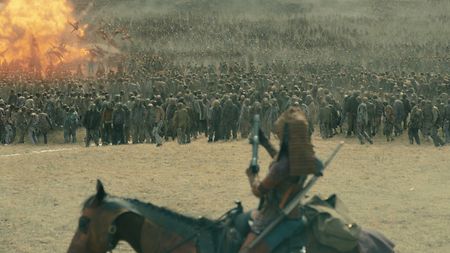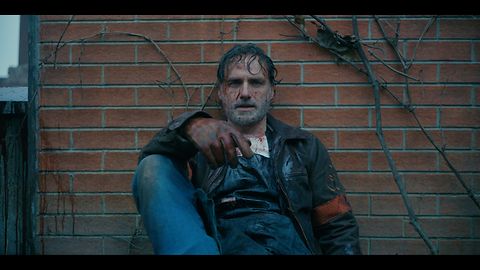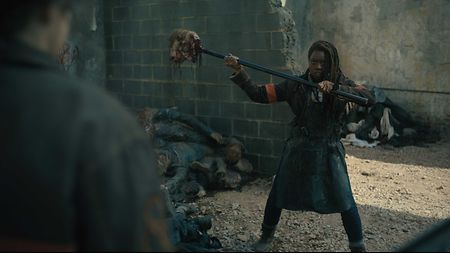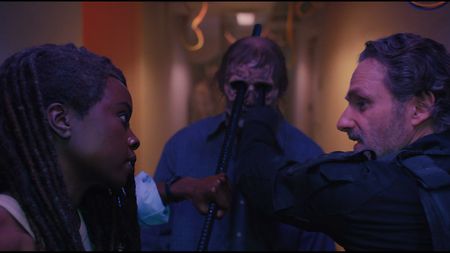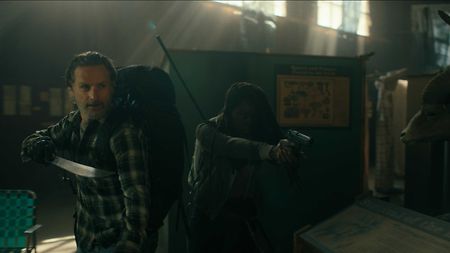AMC introduces a new chapter in "The Walking Dead" franchise, following the love story between Rick (Andrew Lincoln) and Michonne (Danai Gurira). As they navigate an ever-transforming environment, they face the question: Will they be engulfed in a battle against humanity, or realize that they too are among the walking dead? Cinematographers Adrian Peng Correia and Wesley Cardino spoke with ARRI Rental about their creative choices on "The Walking Dead: The Ones Who Live," which was captured with ALEXA 65 cameras and Prime DNA lenses supplied by ARRI Rental’s New York facility.
How was the overall look for the show discussed and developed?
Adrian Peng Correia: Directors Bert and Bertie (the professional names of Amber Templemore-Finlayson and Katie Ellwood) were interested in moving portraiture – using depth of field and focus to straddle the balance between intimacy and a sense of something grand. They wanted the human face to be a landscape within the context of the frame. That's when we started discussing what larger formats would give us. The more we looked at the ALEXA 65, the more it appealed. With 65 mm you get cinematic scope that doesn’t require anamorphic lenses, which AMC were not keen on. It simultaneously gave us the personal and the grand in a way that really worked within this romantic universe.
Wesley Cardino: After I had been hired to do the middle block, Adrian and I spoke about the look and he updated me about the discussions. I supported 65 mm because I felt the story needed to feel big. It needed to be part of the world of the original “Walking Dead,” but it had to have a clear, distinct vibe – something that belongs specifically to Rick and Michonne, because they are so pivotal to the story. The ALEXA 65 was an obvious choice to give it a very distinct visual break from the original series and the spin-offs.
